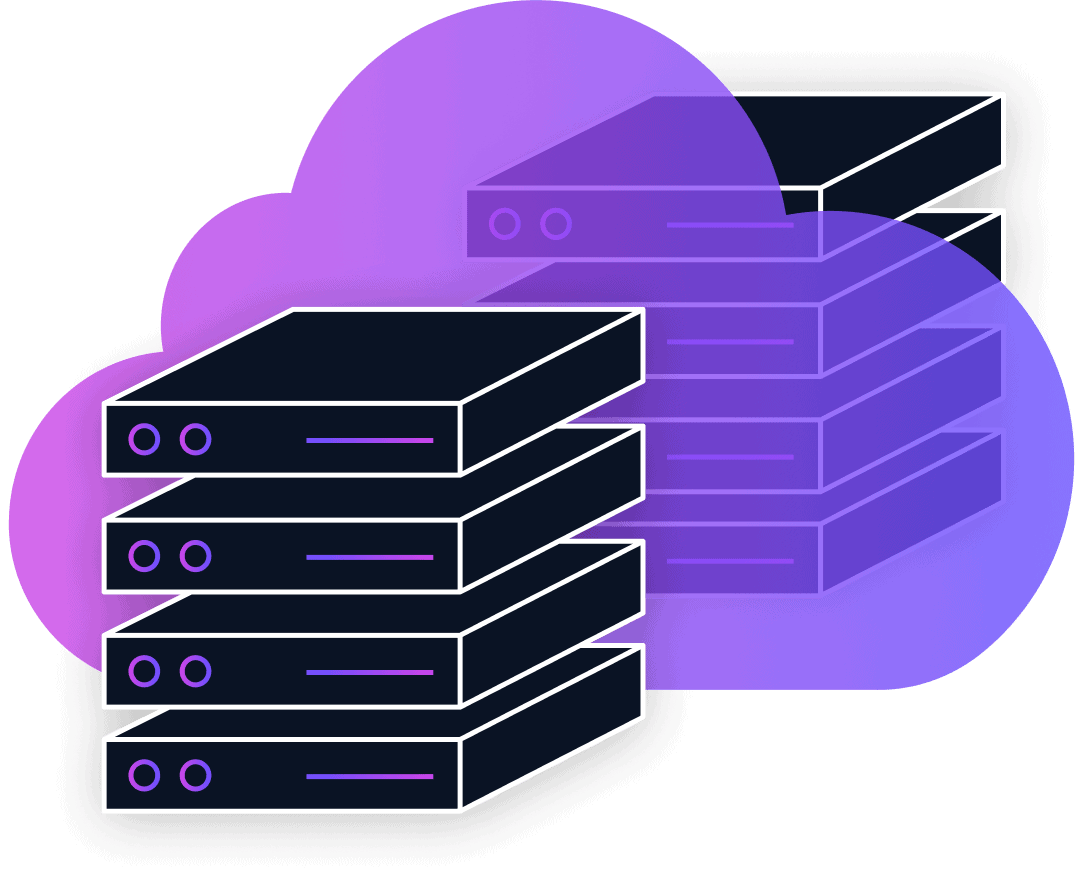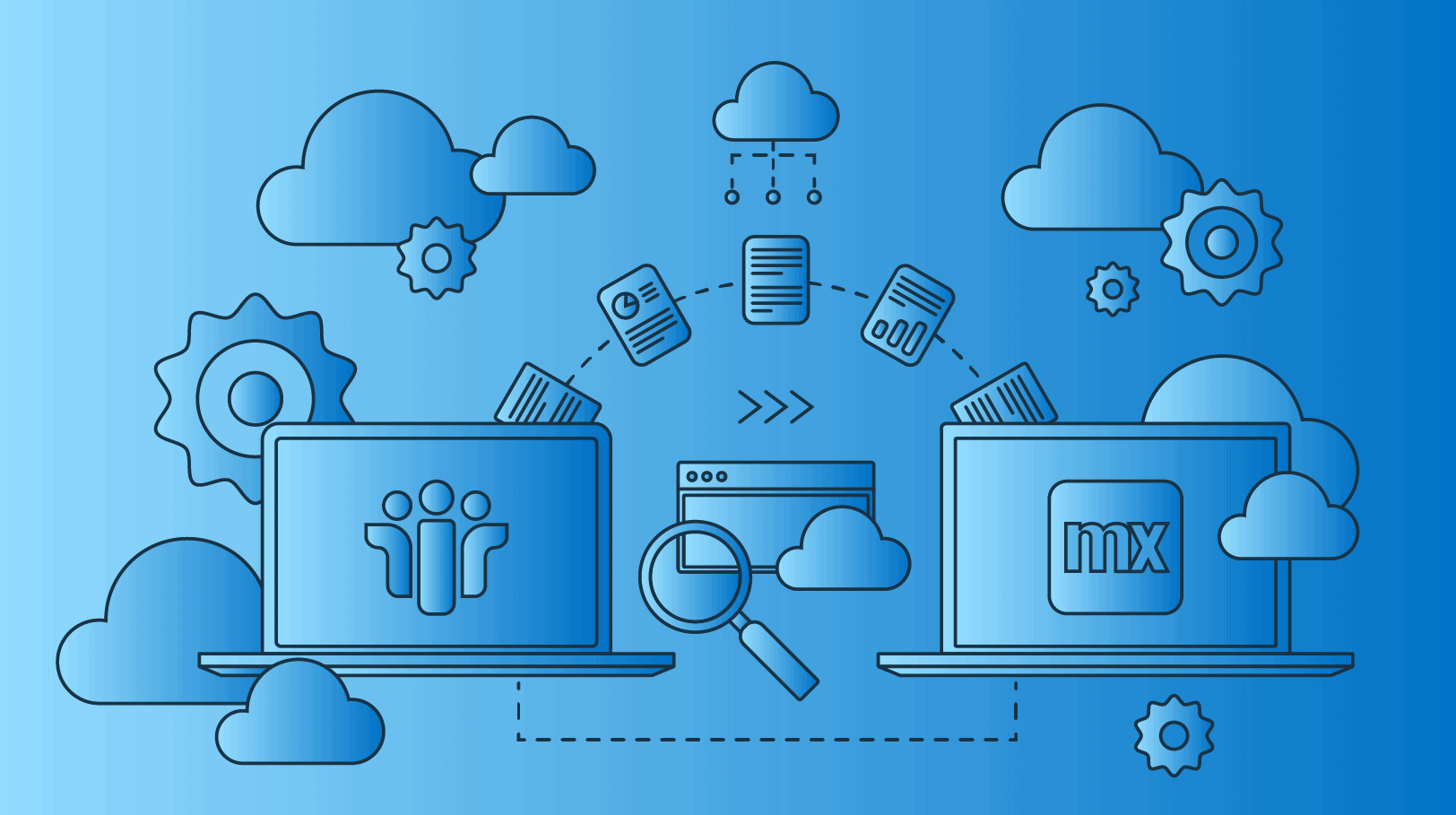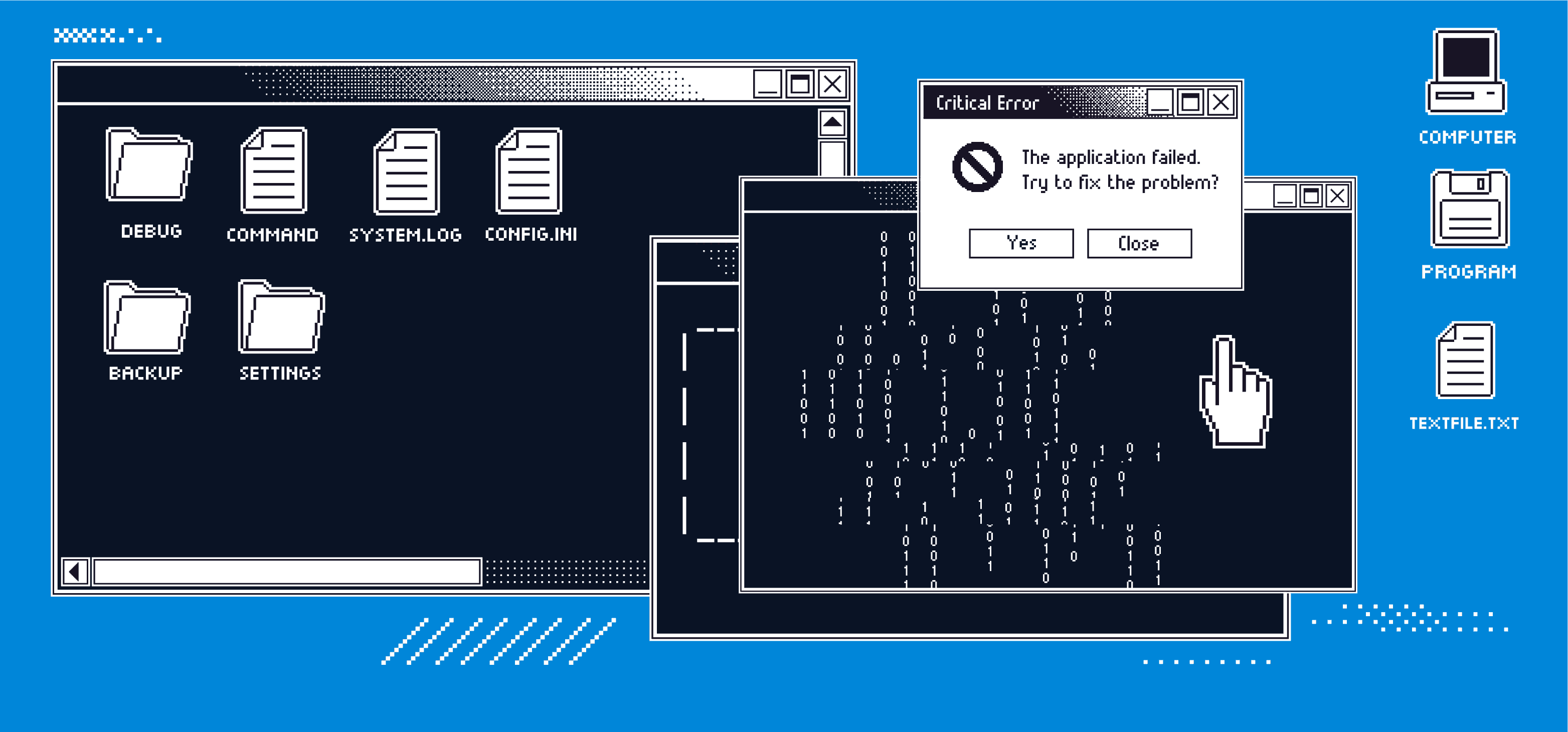
Migrate Your Legacy Applications with Low-Code
Boost application agility and resilience while simplifying legacy systems
Get started with MendixMonoliths are massively complex in all the wrong ways
Although mission-critical for many businesses, legacy systems are costly, risky, and time consuming—and that’s just to keep the lights on.
-
Outdated technology
Inevitably, legacy monoliths become black holes of outdated and unorganized code that make routine updates a nightmare for developers.
-
Slow to evolve
Adapting to changing requirements or user needs is always a resource-depleting ordeal since legacy systems are unable to evolve quick enough to keep up with the business.
-
High risk
Even when small changes are possible, updating one part of an application can have unpredictable consequences for the entire system.
Simplify with a low-code legacy migration
Low-code development presents a clear, streamlined path to legacy migration.
Taking a visual and collaborative approach, low-code solves the disconnect between what the business needs and what IT delivers by empowering developers of all skillsets.
For legacy migrations, Mendix helps enterprises:
- decentralize the monolith
- simplify systems
- improve existing applications
- evolve as business and user needs change.

-
Decentralize
Applications divided into purposeful microservices limits the scope of the monolith and keeps your applications resilient.
With Mendix, microservices act independently of the big picture so that one small change doesn’t break the entire system.
-
Simplify
With business, IT, and user groups speaking a common language in Mendix’s intuitive development environments, building enterprise applications becomes simpler.
Microservices also reduce organizational complexity by clearly defining responsibilities for a smaller group of stakeholders.
-
Improve
Legacy migration is a chance to build better applications.
Mendix includes collaboration tools, developer toolkits, reusable components, and other features to help you create applications that exceed the capabilities of your legacy monolith.
-
Evolve
No need to worry about painstaking maintenance, upgrades, and obsolescence.
Mendix’s flexible, future-focused architecture keeps businesses and applications agile, and it’s easy to update microservices as user needs change and technology evolves.
Migrate and build back better with Mendix
Ditch the parts of your legacy systems that no longer serve a purpose and migrate business-critical applications to Mendix’s future-proof low-code platform.
With services that are cloud-native and containerized by default, Mendix makes legacy migration via low-code as efficient and streamlined as possible.
-
Expand who can be a developer
Mendix’s visual modeling enables collaboration between those with low and high technical expertise, leading to higher quality applications delivered at faster speeds.
-
Less dependencies = less risk
Microservices built on Mendix limit the scope of the monolith to reduce risk. A bug or a change to one component won’t break the entire application or the legacy system.
-
Cloud-native scalability
Mendix is cloud-native and scalable by default. Build flexible applications with reusable components and business logic to scale quickly in a way that makes the most sense for your business.
See all cloud options -
Integrate without friction
Mendix Connect makes it easy to connect microservices and integrate applications with existing systems through industry standard interfaces and protocols, such as REST, SOAP, JDBC, and OData.
Explore Mendix Connect -
Gain full visibility
Unlike the murky depths of a monolith, Mendix Control Center provides a clear, centralized view of your application architecture, including data models, UIs, and user bases.
-
Escape vendor lock-in
Mendix is an open and extensible platform. You own and will always have continued access to your data and applications. You also have the option to export data as necessary.
Learn more about extensibility
Take your applications beyond migration
Don’t stop at migration. Go beyond replicating functionality and enable your solutions to continuously evolve with Mendix.
-
Optimize your solutions portfolio
Maximize the value of your applications with the reuse of services to simplify your software landscape. Move applications or components to the cloud for more automation at a lower total cost of ownership.
-
Scale as business needs change
Increase and adapt the functionality of your applications as user and business needs change. Microservices can be iterated to the needs of a particular business unit, without affecting other components.
-
Deliver world-class user experiences
Build multi-experience applications, including browser-based applications, progressive web applications (PWA), and offline-first native mobile applications — all with exceptional, consistent user experiences.
-
Drive innovation
Mendix makes it easy to continuously iterate and improve your business applications. With a test-and-learn approach, you can explore new ideas and pivot strategies quickly.
Migration success stories
You may also like

4 Reasons to Migrate Lotus Notes Apps to the Cloud
See 4 key challenges to Lotus Notes apps and how companies like the Boston Globe are adopting modern cloud platforms.

Migrate Legacy Systems to Improve Performance & Adaptability
Learn the challenges of legacy migration and how a low-code platform can be used to develop new, modern business-critical apps.

3 Immediate Benefits of Modernizing Legacy Systems
If you're asking yourself, "Why modernize legacy systems?" consider these legacy modernization benefits that range from quick wins to strategic evolution.
- How do I know when it’s time for a legacy migration?
If the limitations of your organization’s legacy monolith are holding you back from adapting to evolving business and user needs, it’s time to consider modernization. Legacy migration enables organizations to move mission-critical applications to more modern technology. Replacing the entire monolith is a considerable undertaking, but legacy migration is a way to modernize at the speed of your unique business.
Related reading: How to Modernize Legacy Applications — the Right Way
- How else can legacy systems be modernized?
Migrating legacy applications and processes may not be the right choice for every organization, but there are two other options to consider.
You can opt to extend the capabilities of your legacy system, which is ideal for those with core systems that still function as needed. Extending allows you to maintain your core system while you build new, modern processes and applications without disrupting current operations.
Read more about extending legacy systems
Replacing a legacy system is another option. This can be a time-intensive investment since it involves completely replacing your legacy system, but in many situations replacement can be the best option in the long run.